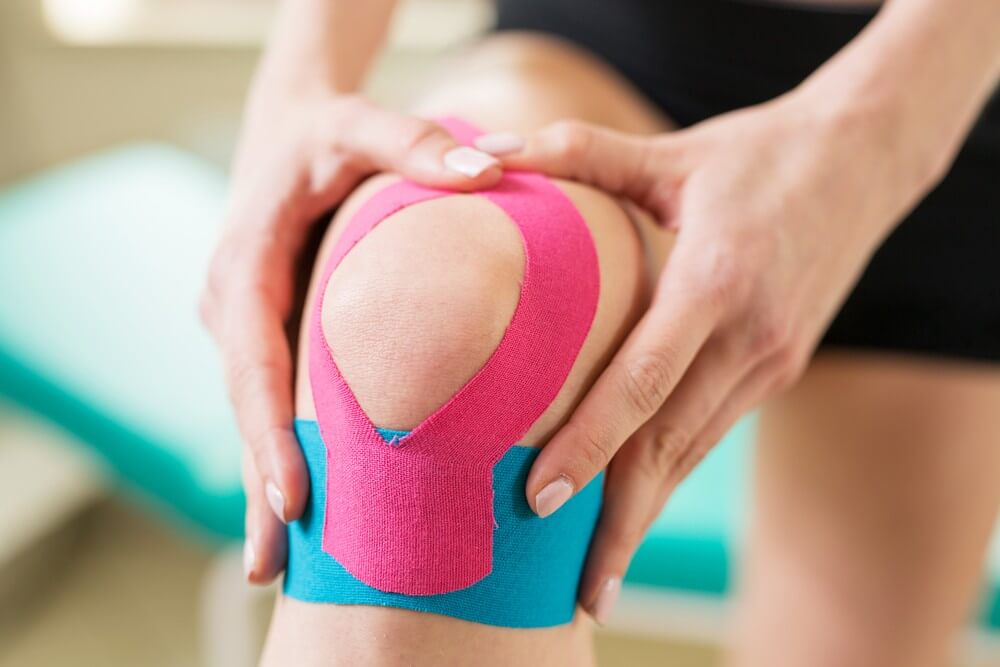
Osgood-Schlatter Disease: Let’s Get Proactive!
Osgood-Schlatter Disease: Let’s Get Proactive! https://www.cliftonhillphysiotherapy.com.au/wp-content/uploads/2022/08/shutterstock_259032671.jpeg 1000 667 admin admin https://secure.gravatar.com/avatar/9b3ceb22cc35d11e1b25afbab0816820?s=96&d=mm&r=g- admin
- no comments
This might surprise you, but 1 in 10 adolescents experience knee pain that stops them taking part in the exercise they love. Most of these young people would struggle to tell you the name of their knee condition (it’s a mouthful), but what they can easily recall is the characteristic painful lump, and significant time out of their sport.
Osgood-Schlatter Disease (OSD) is that condition. OSD is caused by repeated stress at the point in your knee where the quadriceps muscle meets the bone. This is a potential point of weakness during the years in which kids are growing and participating in lots of exercise. Those who are very active – and particularly those that specialise in a single sport from a young age – are more likely to get it.
In the past, OSD was believed to improve once this growth period had finished – typically within 6-18 months of diagnosis, a frustratingly lengthy amount of time for a young person to give up their sport (and not dissimilar to the recovery timeframe for another bogeyman of the knee, the ACL injury). This timeframe however, is now not thought to be accurate. In reality, it has been shown that many people experience knee pain and reduced knee function for at least 4 years, and sometimes into adulthood.
Those that get back to sport often suffer from ongoing pain and weakness in their knee and hips muscles. Apart from the detrimental effect this can have on a young athlete’s performance levels, it may also predispose those with OSD to other injuries in the future.
Considering the impact this condition has on many young people’s lives and sporting aspirations, it seems OSD has been underestimated in the past. So, what is the best way to treat it? Recent research has begun to shed light on the answer.
Where previously “just rest it” was the main treatment on offer (with mixed results, as we have seen), researchers in Aalborg University in Denmark recently found that physiotherapy was effective in reducing pain and rebuilding knee strength in those with OSD. Contrary to past advice, exercise was also not completely stopped. Instead, coaching on how best to modify activity levels to facilitate recovery and stay fit was given to patients, in addition to a specific exercise program to help their knee strength.
Given the long-term consequences of OSD, and the promising results of this trial, it appears sensible to take a proactive approach to recovery from this injury. With physiotherapy-lead education on how to reduce pain while also staying fit and active, in addition to exercise programs targeting specific weaknesses after the injury, it is likely that young people will get back to their sport more quickly and have better knee health in the long term.
Dónal Ahern
Sports Physiotherapist
References:
- Holden S, Rathleff MS. Separating the myths from facts: time to take another look at Osgood Schlatter ‘disease’. British journal of sports medicine. 2019.
- Rathleff MS, Winiarski L, Krommes K, Graven-Nielsen T, Hölmich P, Olesen JL, et al. Pain, Sports Participation, and Physical Function in Adolescents With Patellofemoral Pain and Osgood-Schlatter Disease: A Matched Cross-sectional Study. The Journal of orthopaedic and sports physical therapy. 2020;50(3):149-57.
- Rathleff M, Winiarski L, Krommes K, Graven-Nielsen T, Holmich P, Olesen J, et al. Activity Modification and Knee Strengthening for Osgood-Schlatter Disease: A Prospective Cohort Study. Orthopaedic journal of sports medicine. 2020;8:232596712091110.
- Posted In:
- General

